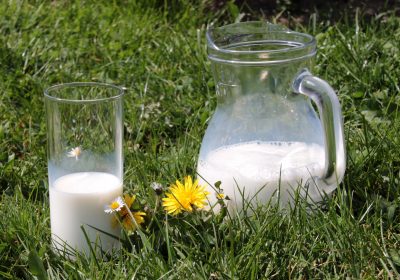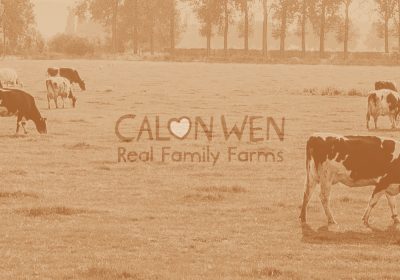Did you know that half a million tonnes of dairy products are wasted each year- 90% of that is wasted in our homes! We can work together to reduce this amount! In pints, this equates to 490 million pints wasted in our homes. We want to recommend some food waste reduction ideas which is achievable for us all and these changes to your homes will make a significant difference to food wastage. Ultimately, saving food means saving money and even better- it saves our planet. It’s a win-win!
- Keeping an eye on the temperature of your fridge. Setting your fridge to below 5 degrees could prevent more than 50,000 tones of milk wastage every year and ultimately will help you as a consumer to save money long term.
- WRAP recognised that by changing the temperature of your fridge to below 5 you could save £70 a month.
- To make this easier- and to incorporate it into your daily routine, keep a thermometer in your fridge. Every time you open your fridge, you can keep an eye on the thermometer and act accordingly.
- If you’re cooking/meal prepping and want to put food into the fridge to store, make sure it has cooled down to room temperature (we recommend waiting 2 hours) to avoid salmonella and food wastage.
- Storing cheese- if you’ve opened a hard cheese, wrap with our Beeswax cheese wrap. Avoid wrapping in plastic as it may develop an ammoniac flavour and potentially harmful bacteria. Keeping the cheese air tight, will allow it to last longer.
- Did you know you can freeze butter and milk? Butter can be frozen for up to 12 months and bulk blocks of butter can be frozen for up to 18 months. To defrost- it can be defrosted in the microwave. We recommend using a defrost or low setting for best results.
- For milk- avoid freezing after its best before date as freezing will not restore its freshness. We recommend consuming within the first month of freezing. To save freezer space, you can pour into ice trays, which are perfect to add to your iced latte or smoothie! Although all milk can be frozen, semi-skimmed milk is more freezer friendly. We wouldn’t recommend freezing in glass bottles as the glass may explode. Freezing will cause the milk to expand, this isn’t an issue, just ensure you leave enough space in the bottle/container.
- Safest way to thaw frozen milk- in the refrigerator. Place the container of the milk in the refrigerator and wait until it becomes liquid again. This can take several hours- our tip would be to do it the night before, ready for your morning cuppa!
- Frozen milk must not be left out on the counter to defrost, as it consequences in bacterial growth.
- What to do with mouldy cheese? If it’s a hard cheese then you can cut 2.5cm around the mould and the rest is safe to eat.
If you have any other useful tips to reduce food waste at home which you’d like us to share, we would love to hear them! Send an email over to marketing@calowen-cymru.com.
Sources:







